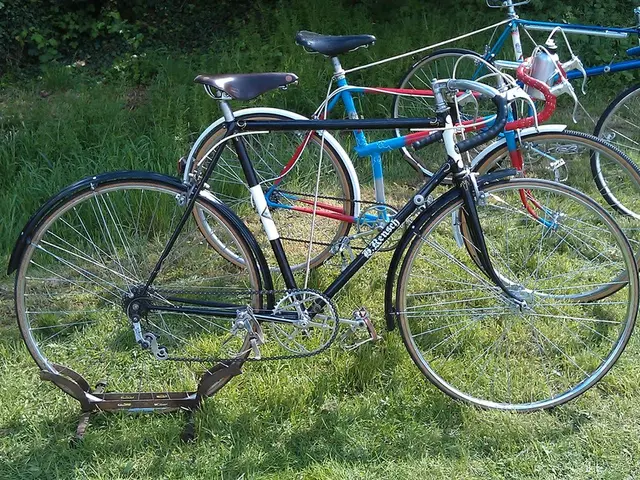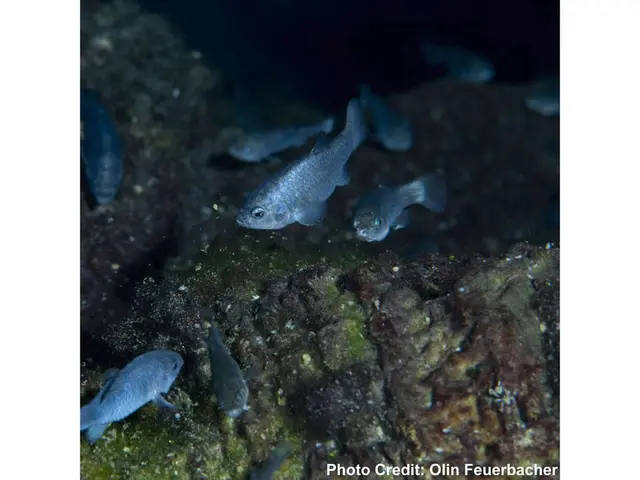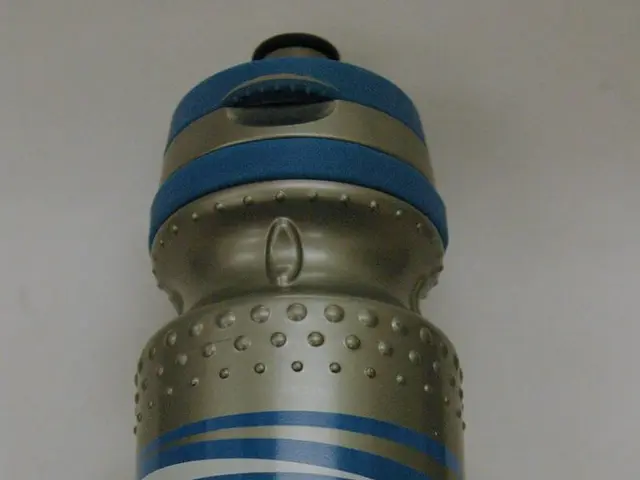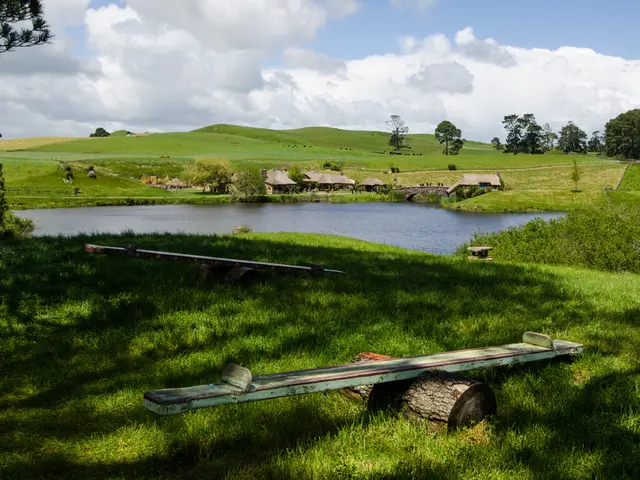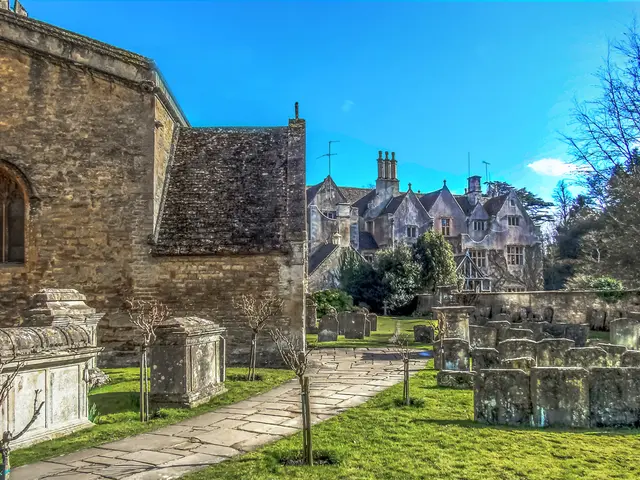Axiom Space & WFIRM Join Forces in $160M NSF-Backed Mission to Regenerate Organs in Space
Axiom Space and the Wake Forest Institute for Regenerative Medicine (WFIRM) have joined forces in a groundbreaking partnership, backed by a $15 million NSF Engines award for the first two years, with potential for up to $160 million over a decade. This collaboration, In-Space ITEC, aims to explore tissue and organ regeneration in microgravity.
The partnership involves five Innovation, Translation, and Education Cores (ITECs), each focusing on specific areas of unmet need. Axiom Space, the principal provider of commercial human spaceflight services to the International Space Station, brings its expertise in space station development. The company is building the world's first commercial space station, Axiom Station, for sustained human presence in space.
WFIRM, led by Dr. Anthony Atala, is an international leader in translating scientific discovery into clinical therapies. The institute is excited about the potential of this partnership to expand job opportunities and economic development in the region. Jana Stoudemire, Director of In-Space Manufacturing at Axiom Space, sees this collaboration as an opportunity for breakthrough discoveries that could benefit humanity.
The In-Space ITEC partnership, supported by the NSF Engines award, is set to revolutionize tissue and organ regeneration research. With Axiom Space's expertise in space station development and WFIRM's leadership in regenerative medicine, this collaboration promises significant advancements in the field, with potential benefits for both scientific discovery and regional economic development.
Read also:
- Two farmers in Zambia take legal action against two firms with Chinese connections, alleging an ecological disaster caused by their operations.
- Deepening EU-India relations despite apprehensions regarding Moscow connections
- Ongoing Transition Towards Cleanliness
- Biden-Harris Administration's Public Lands Rule Sparks Utah Dispute

